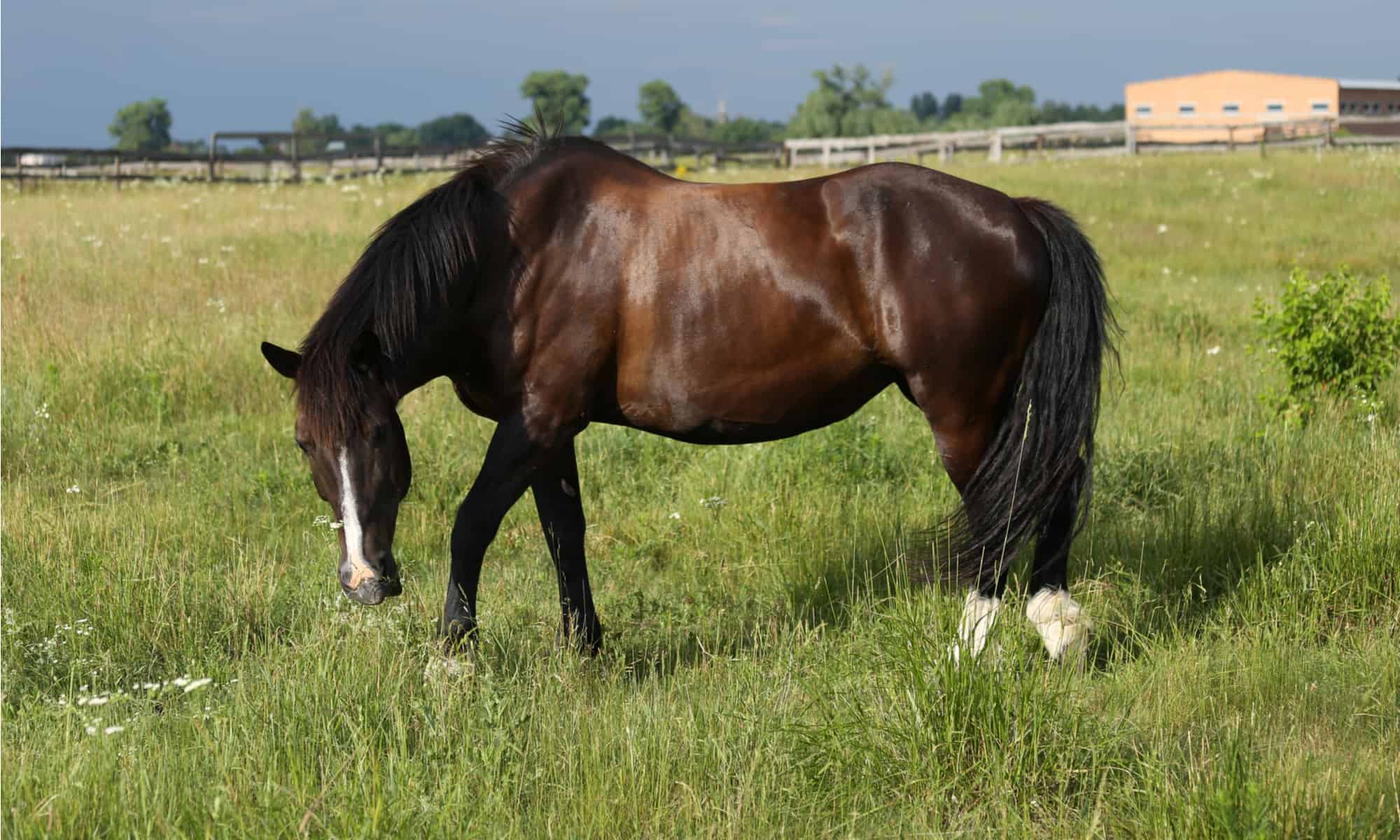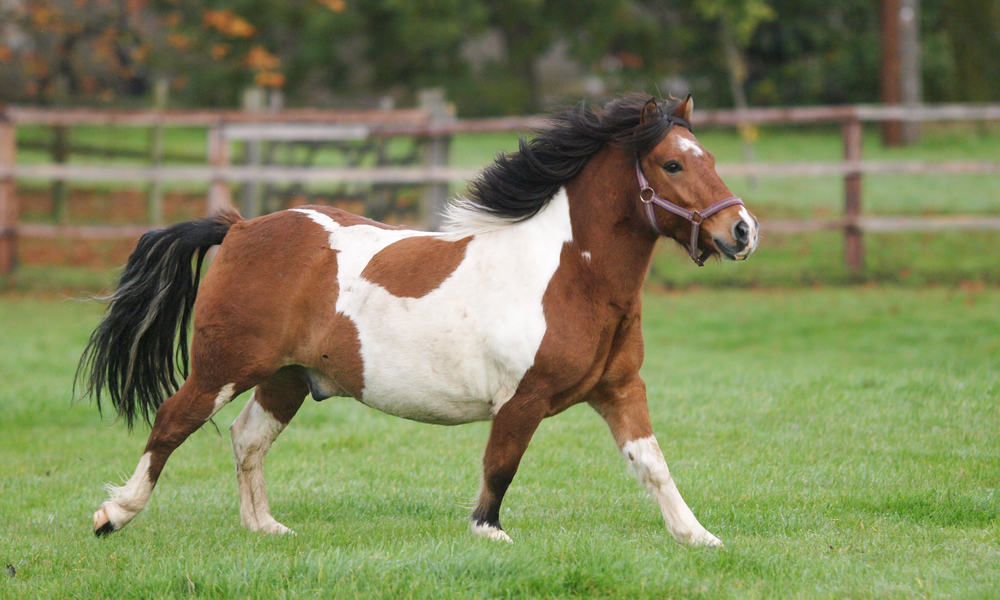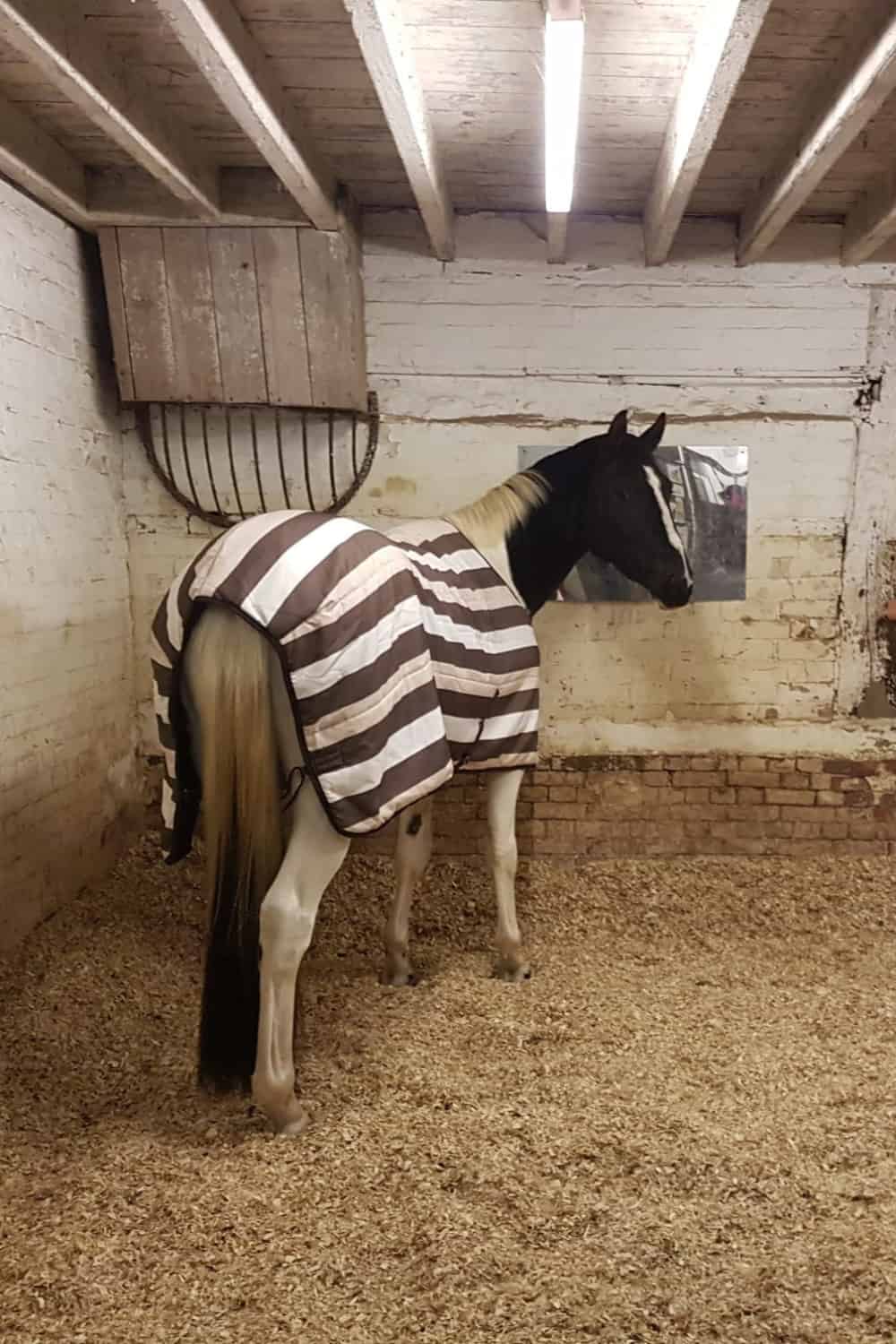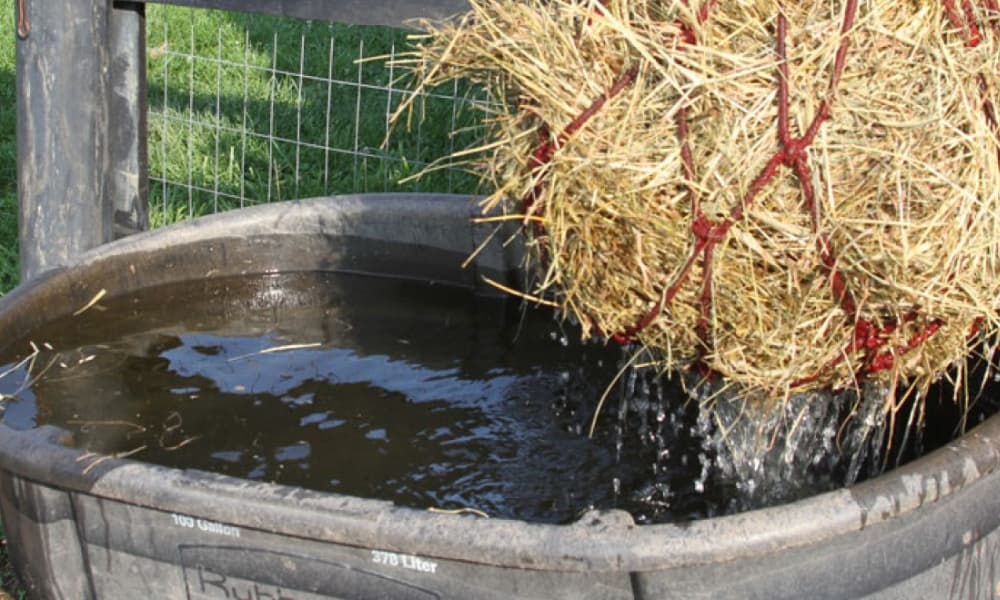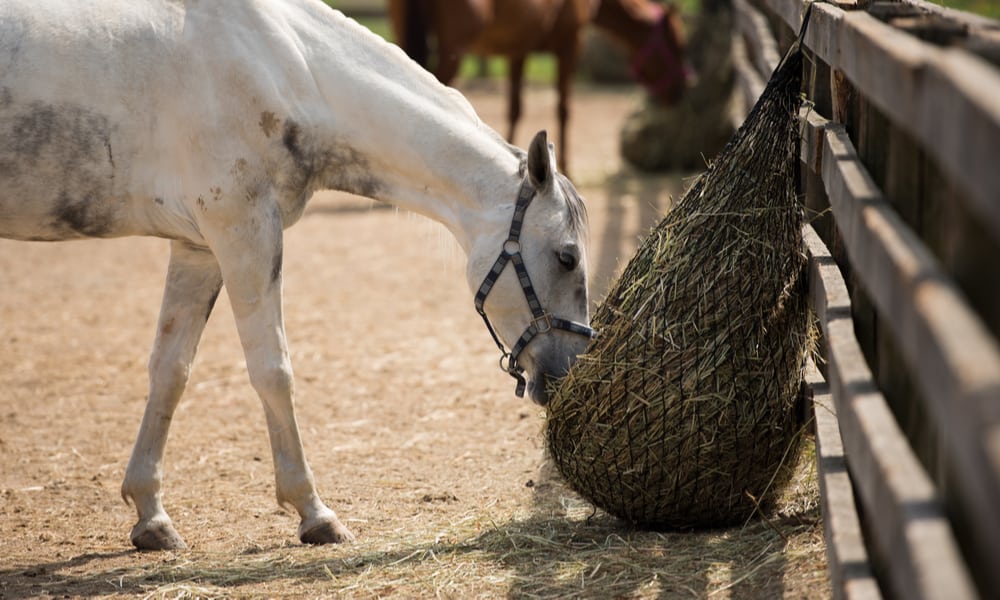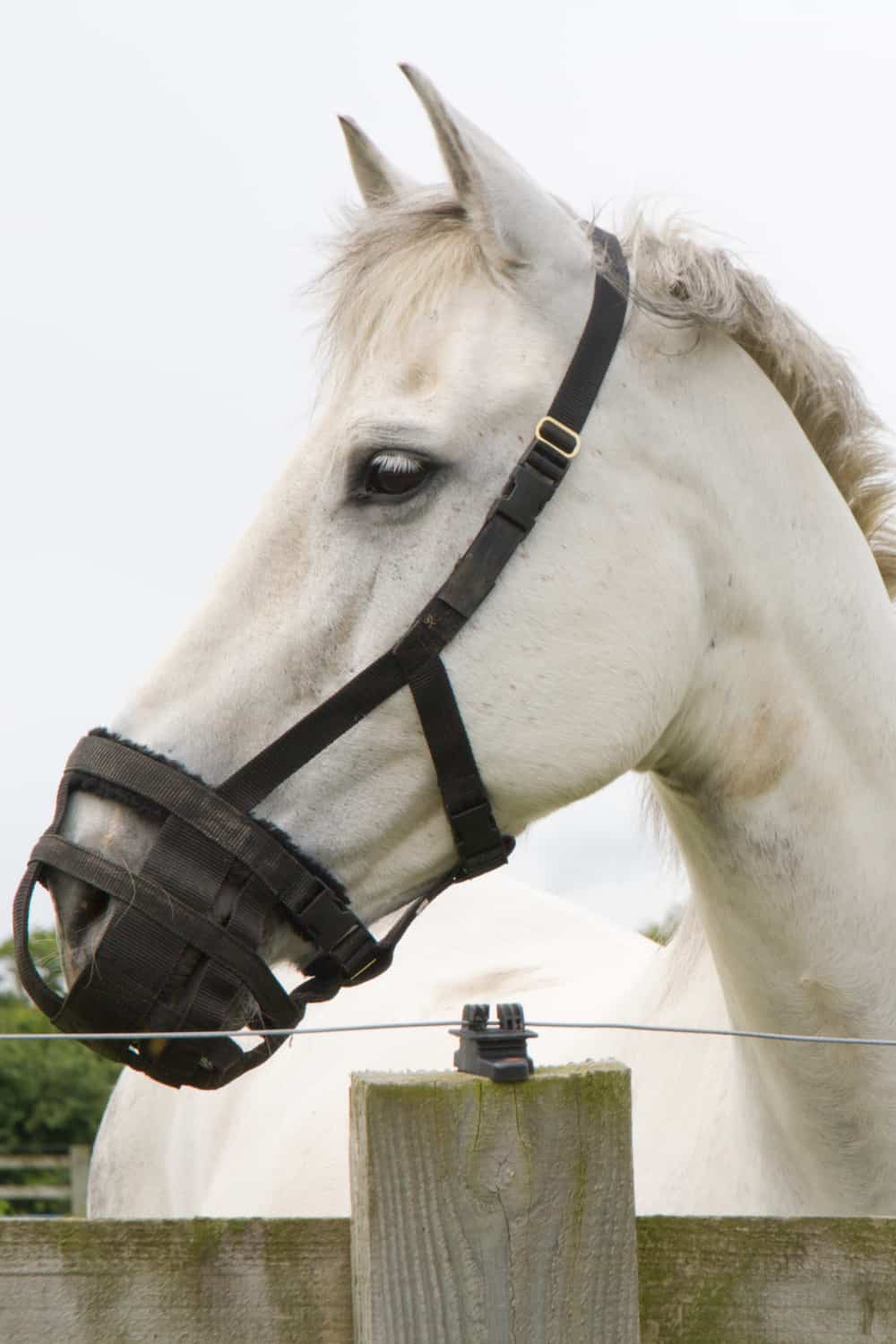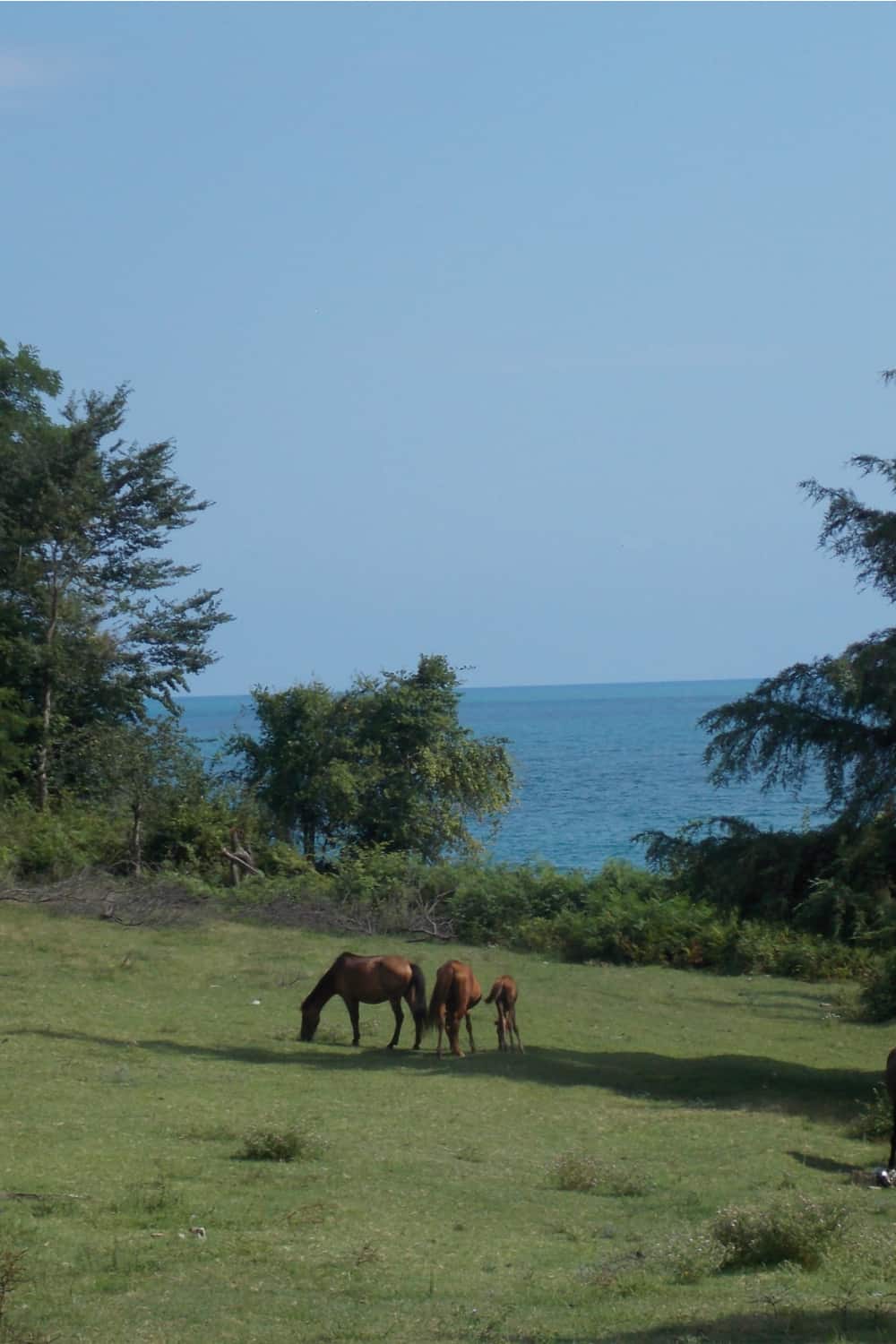Just as for people, being overweight is bad news for your horse’s health. It can mean anything from them being uncomfortable on a hack or ride, to developing problems like laminitis.
But it doesn’t have to be that way. If you’re worried about your horse’s weight, you’ve come to the right place.
We’re going to share 12 tips to care for a fat horse and get them back to a healthy weight. So however much weight your horse has to lose, don’t despair. Just step this way and find out how to get things moving in the right direction …
1. Know whether your horse is overweight
The most important starting point is to know whether your horse is overweight – and by how much. That will determine the appropriate regime to help them get back to a healthy weight.
British charity the Blue Cross has produced a comprehensive guide to checking and classifying your horse’s weight. Fat Horse Slim then goes on to provide detailed hints and tips, depending on whether your horse is in the red, amber or green categories.
The appropriate weight for your horse will depend on its height and breed. Broadly speaking, a pony with a height of 10 hands should be between 375 and 440 pounds. A draft horse of 16.2 hands could have a healthy weight of between 1,435 and 1,590 pounds.
If you have access to a weighbridge, this is the most accurate way of weighing your horse. You can also use a weigh-tape or even a standard tape measure. If using the latter, you’ll need to measure the “heartgirth” and the body length of your horse.
The heartgirth is the distance around your horse from the highest point of the withers to just behind the elbow. The body length is measured in a straight line from the point of the shoulder to the point of the buttock on the same side.
Now multiply the heartgirth by itself, then by the body length. Divide the result by 330 and you will get your horse’s weight in pounds.
But remember: weight isn’t the whole story. A more reliable way of knowing whether your horse is carrying a healthy amount of fat is a process called “body scoring”. This is a systematic way of checking how much fat is present on various parts of your horse’s body.
A detailed to guide to how to do this is included in Fat Horse Slim.
2. Restrict grazing
It isn’t possible to precisely monitor how much your horse is eating while they’re at pasture. That means if your horse is overweight, you’ll need to restrict their grazing time.
For horses that are seriously overweight and at immediate risk of health problems, you’ll need to go further and eliminate grazing. Yes, that’s drastic – but it’s also necessary to save your horse from serious harm.
A great alternative to grass is hay and low energy fiber in the form of chaff or chop. You can also mix the two in different ratios, depending on how much you need to restrict your horse’s diet.
Stretch the feeds out as much as possible across the day. Ideally, you want to fit in four different feeds. And leave the biggest feed for last thing in the evening. That will keep your horse going throughout the night.
3. Avoid your horse becoming bored
If you’re restricting access to pastureland, it’s likely that your horse will be spending more time in their stable. Whilst that may be good for their diet, it can lead to behavioral problems. That’s a particular risk if they’re stabled for more than 12 hours a day and not working.
Guard against this becoming an issue by giving your horse a change of scene. If possible, allow them access to a stable-yard, corral or all-weather area. A different pen or stable during the day and night will also help vary their outlook and prevent them getting bored.
Company is important too, whether in the form of humans or other horses. Some horses also enjoy toys, and others will feel calmer if there’s a horse mirror in their stable.
But reactions vary according to the horse, so make sure you monitor how they respond to any new introductions. And if you’re trying a mirror for the first time, make sure it’s made of acrylic. Some horses can become aggressive and attack the mirror, so acrylic is important to avoid injuries.
4. Weigh their feed
Make sure you weigh hay nets carefully, so you know exactly how much you’re feeding your horse. The right quantity will depend on your horse’s size and how much weight they need to lose. Check the guide Fat Horse Slim for detailed information on how much to feed them.
For most horses, their total intake of dry food shouldn’t be more than 1.5 per cent of their current weight. For horses suffering from laminitis, that needs to be lower still – no more than 1.3 per cent of their current weight.
When you’ve calculated your feed weights, make sure you can measure them accurately! You’ll need a good set of scales for this. Digital scales are easiest to use, and suitable ones can be found in most shops selling fishing equipment.
If you’re using chaff, you can reduce the hassle by weighing out the desired quantity. Then put it into a container and mark the level. That way you can simply fill the container to the mark for every feed.
5. Soak their hay before feeding
Soaking hay reduces the level of water-soluble carbohydrates, or WSCs – and hence the calories – it contains. It can be particularly helpful for horses with laminitis, insulin resistance or equine metabolic syndrome.
Soaking your hay for between 10 and 12 hours will leach out significant amounts of WCSs. Warm water works more quickly, and the more water you use, the better. Changing the water half-way through will be more effective too.
Make sure you get rid of the wastewater carefully when you’ve finished with it. Because it’s full of sugars, it can be a haven for bacteria.
And note that steaming hay won’t have the same effect. It is, though, a great way to remove bacteria, dust, mold and fungi.
6. Increase exercise gradually
Exercise is a great way for your horse to burn calories and lose weight. But you should introduce it with care, particularly for animals that are very overweight.
Just as with humans, too much strenuous exercise can put a strain on the heart. And for horses that have had laminitis, it’s particularly important to be careful. The amount of exercise they will be able to do is likely to be significantly less. If in any doubt, consult a vet first.
Introduce exercise gradually. For horses and ponies that aren’t ridden, a brisk walk can be very effective. If your horse can be ridden, you’ll be able to burn more calories. Aim for a brisk walk, and increase periods of trotting over time.
But don’t make an overweight horse gallop. That can lead to injury.
7. Make hay rations last longer
Horses on smaller hay rations can feel happier and more satisfied if they eat them over longer periods. There are a number of ways you can help them to do this.
One is to position the hay net in the middle of the stable, instead of against a wall. The lack of support means that it will take longer for your horse to finish it off.
You could also consider placing the hay inside two mesh hay nets, each with small holes. Or use a small mesh rack instead.
Placing a couple of large stones in the bowl will also make eating chaff take longer. And you can give your horse a treat by placing a couple of vegetables in their bedding. That will quickly get them spending more time foraging.
8. Allow your horse to lose weight over the winter
Horses will naturally lose weight over the winter. You can help them to do so by only using a rug when absolutely necessary. Horses will naturally grow thicker coats to keep them warm during the colder months. Those coats also produce oils to keep them waterproof.
As well as reducing the rate at which horses use up calories, inappropriate rugging can have other unwanted side effects. It can prevent sun from reaching the horse’s skin, reducing its vitamin D levels. It can also cause sweating, which can in turn lead to the rug rubbing and causing discomfort.
But don’t be put off using a rug if your horse needs one. Older or unwell horses may have difficulty regulating their body temperature without assistance. And horses with arthritis may suffer painful and stiff joints if they get too cold.
Some breeds, like Arabs and Thoroughbreds, also have a naturally thin coat. Giving them a rug will help them maintain the right temperature when the mercury drops.
9. There are pros and cons to using a grazing muzzle
Grazing muzzles can be a helpful way to avoid your horse overeating as they get closer to a healthy weight. They’re simply muzzles that slip over the horse’s mouth and restrict the amount of grass they can eat in one go.
It’s very important to ensure the muzzle fits correctly to avoid it rubbing. When you’ve put it on your horse, give them a treat so they can see how it works. Taking the muzzle on and off several times at the beginning will also help your horse get used to the process.
Grazing muzzles generally reduce the amount horses consume by between 77 and 83 percent, depending on the season.
But again, the effects can vary between individual animals. Some horses can become resentful of the muzzle, while it’s been known for others to actually put on weight. That may be because they gorge on grass during periods when they’re not wearing the muzzle.
As with other measures, check to see how your horse reacts and monitor their weight carefully. Muzzles can work brilliantly for some horses, but they’re not suitable for all.
10. Adapt to the seasons and weather
Depending on the climate where you live, grass can have different levels of sugar at different times of the year. In temperate climes, spring and autumn grasses can be problematic, as they are higher in sugar.
That is likely to mean that you’ll need to restrict grazing, particularly for ponies and cobs. Thoroughbred types and older horses may be able to cope with it without putting on weight. But as ever, keep a careful eye on their weight and fat levels.
Hotter, drier periods when the grass isn’t actively growing means lower sugar levels, so grazing is less problematic. The grass will also stay short at such times, naturally restricting how much your horse can eat.
11. Consider turning your horse out to pasture at night
The levels of sugars in grass vary according to the time of day. The grass doesn’t photosynthesise in the absence of sunlight, so sugar levels are lower at night. One option, therefore, is to allow your horse to graze overnight, rather than during the day.
Remember, though, to take into account how long you leave your horse at pasture. You can undo your good work if they’re out for twice as long as they would be during the day!
12. Cut out extras in feed
Just as with humans, little extras added to food can make all the difference to your horse’s weight.
Many people add mixes or sprinkles to fodder to add flavor as well as vitamins and minerals. But often those extras can provide more calories that can lead to horses gaining weight over time.
If you don’t want to ditch the mixes altogether, there are some lower calorie options out there. Dengie’s Balancers, for example, are made without molasses, so they’re low in starch and sugar. And they also contain linseed oil, vitamins and minerals to support health and promote a shiny coat.
Ready to help your horse lose weight?
If you’re caring for a fat horse, these 12 tips can make a big difference. Although it may sometimes feel like you’re depriving your horse of what they enjoy, stick with it. Shedding excess weight will make an enormous difference to their health and wellbeing.
And that will mean you and your horse have a longer and happier life together. Good luck in helping them on their weight loss journey!
